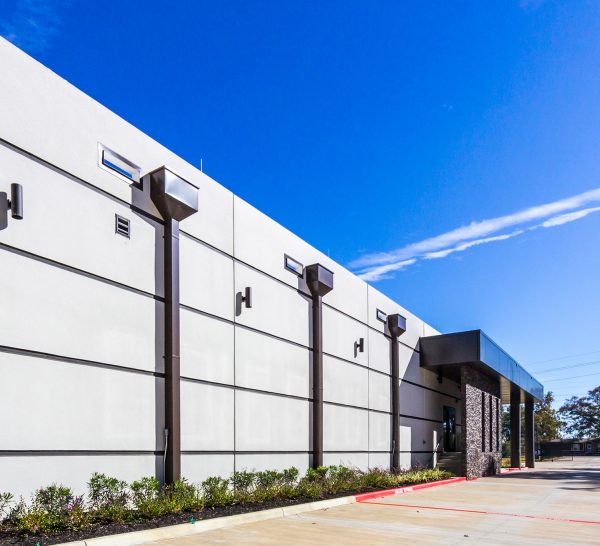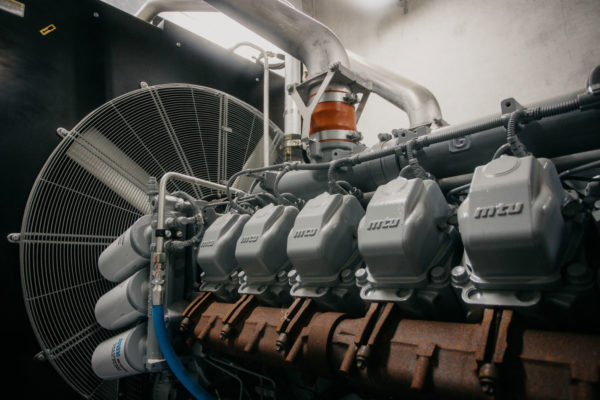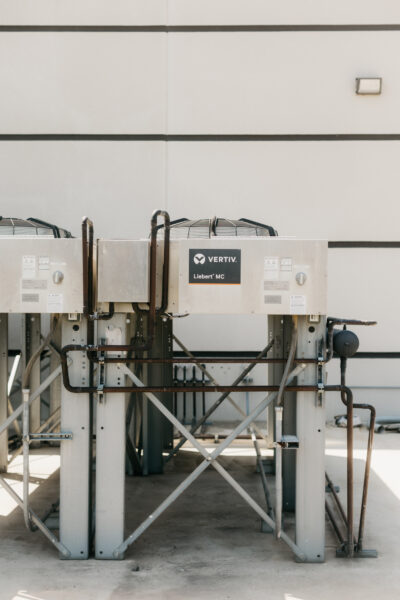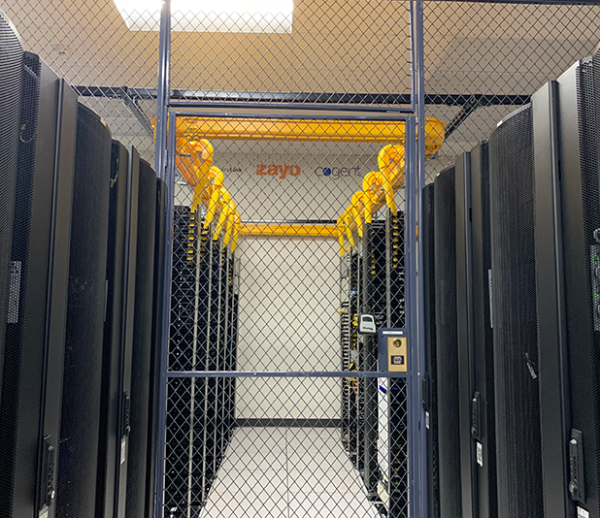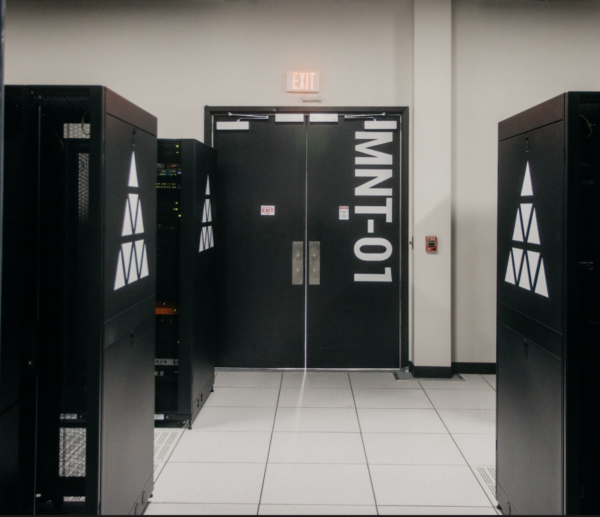Network design has become a strategic decision. As applications evolve, infrastructure must support lower latency, higher bandwidth, and greater fault tolerance across increasingly distributed systems. The old approach—built around a centralized, hierarchical flow—no longer fits. The shift from north-south to east-west traffic has made lateral scalability a top priority. That’s where spine-and-leaf architecture comes in.
This model has become the go-to network topology for environments that demand predictable performance under load. It removes layers of unnecessary routing, flattens the network, and enables rapid horizontal scale. Organizations planning new infrastructure or upgrading legacy networks should understand what makes this architecture different and where it outperforms older designs.
What Is Spine and Leaf Architecture?
Spine-and-leaf architecture is a two-tier switching model. Every leaf switch connects directly to every spine switch. There are no connections between leaf switches or between spine switches. This creates a non-blocking fabric where all endpoints are just two hops away from each other—one hop up to a spine, one hop down to the destination leaf. The design is symmetrical, which means the path between any two endpoints is identical in structure and latency.
That uniformity is the foundation of its value. It simplifies routing logic, ensures predictable traffic flows, and eliminates the asymmetry that often complicates troubleshooting in more layered topologies. By design, it avoids bottlenecks at intermediate points and supports high volumes of east-west traffic without requiring protocol workarounds or topology hacks.
Key advantages of spine-and-leaf design include:
- Two-hop consistency between all endpoints
- Uniform latency across the network
- No single point of traffic aggregation or failure
What Is the Difference Between Spine and Leaf and Three-Tier?
Traditional three-tier architecture is based on a hierarchy: core, aggregation (or distribution), and access layers. This model worked well when most of the traffic flowed from clients to centralized applications and back. But it breaks down when services within the environment start talking to each other at scale.
The aggregation layer becomes a bottleneck. Traffic paths become unpredictable. Latency rises as the hop count increases, and diagnosing problems becomes more complex. Each new tier adds overhead—not just in equipment, but in operational friction.
Spine-and-leaf replaces this hierarchy with a flat, evenly distributed topology. Every leaf switch connects to every spine switch, creating a single consistent path model for all devices in the network. It is not just a more efficient layout—it’s a direct response to how modern workloads behave.
Compared to three-tier:
- Spine-and-leaf minimizes latency
- Simplifies routing and fault isolation
- Eliminates congestion-prone aggregation points
Why Spine and Leaf Outperforms Traditional Topologies
Legacy networks were designed around the assumption that most communication was outbound or inbound. Applications lived on a few core servers, and the goal was simply to keep access stable and secure. But modern systems are highly distributed. Application performance depends on internal traffic—microservices calling each other, analytics engines aggregating inputs, storage systems synchronizing across zones.
In this world, the symmetry and low-latency characteristics of spine-and-leaf are a better fit. The model ensures equal treatment for all communication paths and makes internal routing predictable at scale. It also works well with modern routing protocols and software-defined networking strategies, allowing for automation, failover, and visibility without rearchitecting the environment.
This topology aligns with modern needs by offering:
- Flat structure suited for high-density workloads
- Better integration with SDN and intent-based networking
- Improved visibility and performance troubleshooting
How Spine and Leaf Simplifies Scaling
In hierarchical models, scaling is cumbersome. Adding devices often requires reconfiguring core and distribution layers, introducing asymmetry and instability. Every layer added increases risk and operational cost. Spine-and-leaf avoids this. It allows you to scale horizontally—by adding leaf switches for more endpoints or spine switches for additional bandwidth—without disrupting the rest of the topology.
Growth becomes a matter of consistent extension rather than redesign. That makes it easier to plan capacity, manage oversubscription, and maintain performance across diverse environments. The architecture allows for deterministic scale, which is rare in network design.
Spine-and-leaf supports:
- Linear, non-disruptive expansion
- Predictable performance under scale
- Simplified capacity planning
Spine-and-Leaf and East-West Traffic
In most modern environments, most traffic moves laterally. Whether you’re running a containerized app architecture, managing distributed storage, or handling real-time processing pipelines, the internal data movement is more important than ingress or egress traffic.
Spine-and-leaf was designed with this in mind. It provides a mesh-like structure that ensures any endpoint can reach any other endpoint in the same number of hops, with consistent latency and throughput. This is especially important when milliseconds matter—whether for high-frequency trading platforms, live media processing, or tightly coupled distributed systems.
It excels at:
- High-bandwidth, east-west traffic loads
- Consistent latency for service-to-service communication
- Maintaining symmetry and fairness across all routes
What Are the Disadvantages of Spine and Leaf Architecture?
No architecture is without cost. Spine-and-leaf requires more switches and links compared to a collapsed or three-tier design. Each leaf must connect to every spine, which increases port density, power consumption, and cabling complexity. There is a higher initial capital investment, especially in environments that require high port counts or redundancy.
Additionally, this topology demands good planning. Spine uplinks must be properly sized to avoid oversubscription. The fabric must be designed with future growth in mind. Missteps in the design phase can still result in bottlenecks or underutilized capacity.
Potential drawbacks include:
- Higher upfront hardware and cabling costs
- Greater switch count and rack space requirements
- More complex physical design and layout planning
Which Network Topology Is Best and Why?
The best network topology depends on the use case, but for most modern deployments, spine-and-leaf offers the best balance of performance, scalability, and simplicity. It is not the right fit for small, static environments where a collapsed core or simple hub-and-spoke model may suffice. But for teams supporting microservices, virtualization, real-time workloads, or large-scale multi-user environments, spine-and-leaf offers predictable, measurable advantages.
Its ability to support deterministic routing, even growth, and traffic symmetry makes it the preferred foundation for forward-looking network architecture.
Spine-and-leaf is best suited for:
- High-performance and scalable deployments
- Modern application and workload patterns
- Environments that prioritize predictability and agility
Comparing Alternatives: Spine-and-Leaf vs Hub-and-Spoke vs Collapsed Core
Hub-and-spoke networks are simple but fragile. They route everything through a central node, which becomes a bottleneck and a single point of failure. As the number of endpoints increases, performance becomes uneven and reliability drops.
Collapsed core models simplify the traditional three-tier structure by merging the core and distribution layers. This works in smaller networks where full mesh isn’t needed, but it doesn’t scale gracefully under modern workload demands.
Spine-and-leaf avoids both limitations. It eliminates central bottlenecks and distributes pathing and capacity evenly across the fabric. That makes it more resilient and better aligned with today’s operational requirements.
Looking for colocation?
For an unparalleled colocation experience, trust our expert team with three generations of experience

